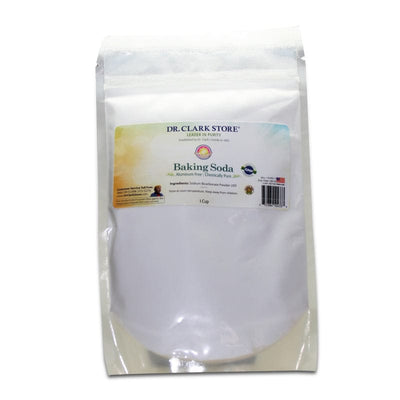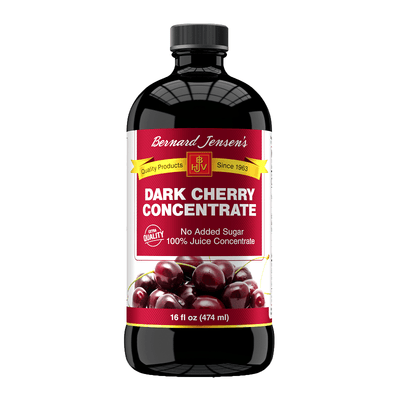Do Blenders Denature Proteins in Smoothies?

Fruit and veggie smoothies are super convenient, come in a wide variety of flavors, and are touted as the healthiest way to consume more nutrients. By breaking up dense plant material, blenders make the process of chewing unnecessary and make some nutrients more absorbable. Unfortunately, the process of physical agitation, blending, or grinding, can directly alter the structural integrity of proteins. This occurs because these actions disrupt the hydrogen bonds essential to proper protein folding, leading to a phenomenon known as protein denaturation. These denatured proteins add to the accumulation of protein aggregates that cause a range of negative biological effects, such as inducing DNA damage, inducing calcium imbalance, free radical production and many others.

(Graphic of some damaging effects of protein aggregates. From: Wen, et al., 2023).
Research has demonstrated the significant impact of blender blades on proteins. A 2020 study published in the Journal of Food Engineering revealed that by blending powdered whey protein isolates at medium to high speeds for just 1-2 minutes it would cause the loss of up to 50% of soluble whey proteins. The reason? Mechanical shearing forces that compromise the protein structure. These tiny fragments of proteins have jagged edges and need to be removed from the body, burdening numerous immune system processes involving the synthesis of enzymes and other nutrients of which the body is often already in short supply.
The Hallelujah Acres diet, a raw food plant-based protocol designed for cancer patients, explicitly forbids the use of blenders due to concerns over the damaging effects of mechanical processing on food nutrients. Proponents of this diet argue that blending not only denatures proteins but also destroys delicate enzymes, probiotics, and other vital nutrients present in raw foods, thereby reducing or negating their therapeutic benefits. By avoiding high-intensity mechanical actions, the diet aims to preserve the natural integrity of whole, plant-based foods, maximizing their nutritional and healing potential.
Raw foods have their enzymes intact, and they also have natural probiotics, the same that ferment the nappa in kim chi, and other fruits and vegetables. The metabolic waste products produced when these organisms are obliterated by mechanical action is hard to calculate, but likely adds a large burden to the body's toxic load and clearance pathways.
What Influences the Damage?
Several factors influence the extent of the damage caused by blenders, including:
- Protein Type
Proteins like whey are particularly vulnerable to damage compared to more stable ones, such as casein or soy.
- Powder Composition
Protein isolates with purity levels exceeding 90% are more prone to denaturation than concentrates or protein blends, which tend to retain greater stability.
- Blender Speed and Duration
Faster speeds and longer blending times amplify the destructive effects on protein integrity. Many people notice benefits from eating blended juices as the blending breaks the cell wall of the tougher plants cells like in cilantro, lettuce, and releases chlorophyll and other nutrients. However, this can be done with a dull blade, and or much shorter blender durations, like 5-15 second pulses.
Conclusion
Blending and other high-intensity mechanical actions don't just denature proteins—they may also destroy other crucial nutrients, enzymes, and probiotics, rendering foods less nutritious and, in some cases, potentially harmful. For naturopaths, nutritionists, or other health practitioners, understanding the relationship between protein structures and their susceptibility to denaturation can guide better practices, especially in clients' diet recommendations.
Tips to avoiding blender-damaged food:
- Use the dullest blender blade you can find
- Blend for as little time as possible to get a drinkable consistency
- Try a manual juicer
- Choose protein powder concentrates or blends over pure isolates (they are less vulnerable to denaturing)
- Add fruits like bananas or avocados which help cushion the protein powders against shear forces.
- After blending let the drinks sit 5-10 minutes before consuming to allow foam to settle and proteins to rehydrate (2).
Sources
1. Osen, R., Toelstede, S., Wild, F., Eisner, P., & Schweiggert-Weisz, U. (2020). Effect of high shear treatment on the molecular mass distribution and protein structure of whey protein formulations. Journal of Food Engineering, 271, 109895.
2. https://juicerportal.com/does-a-blender-ruin-protein-powder/
3. Wen, J.-H.; He, X.-H.; Feng, Z.-S.; Li, D.-Y.; Tang, J.-X.; Liu, H.-F. Cellular Protein Aggregates: Formation, Biological Effects, and Ways of Elimination. Int. J. Mol. Sci. 2023, 24, 8593. https://doi.org/10.3390/ijms24108593







excellent commentary very appropriate
Leave a comment